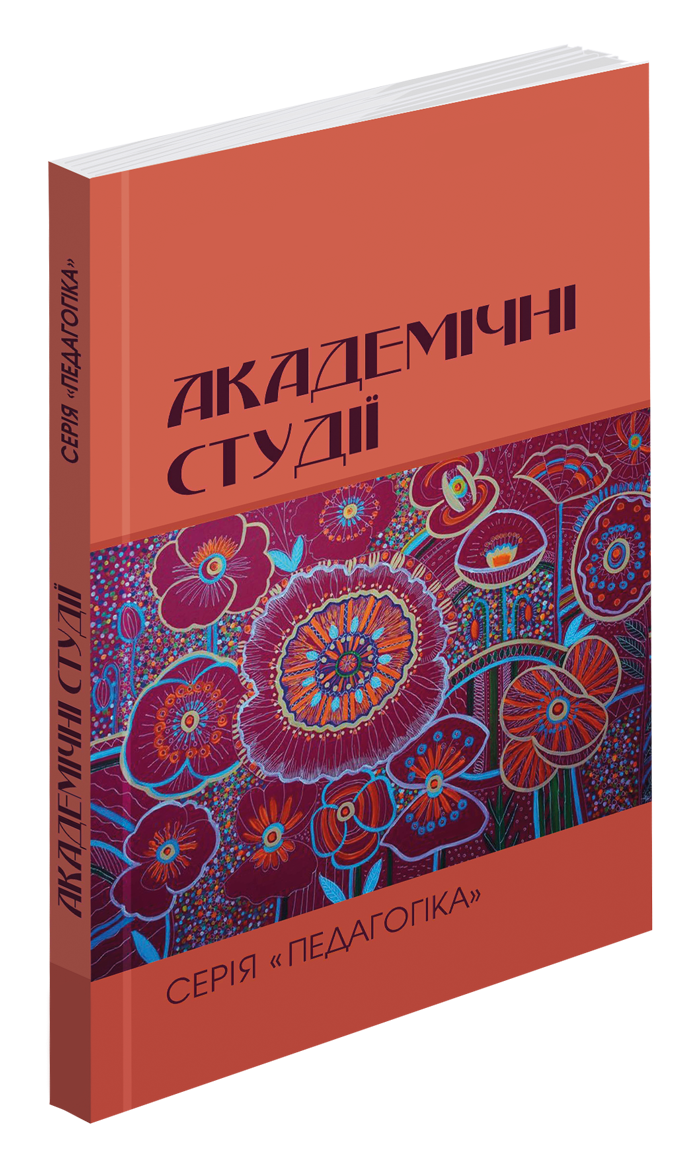Abstract
The article examines the role of multimedia technologies in stimulating active learning among students studying English in professional pre-higher education institutions. The study covers the implementation of various digital tools and resources, identifies specific types of multimedia materials that are most effective in stimulating active learning, and analyzes how these technologies can increase student motivation, their participation in learning, and improve the level of language proficiency. The integration of digital tools and resources significantly increases student motivation, their activity in the learning process, and overall learning outcomes. The use of multimedia materials contributes to the development of critical thinking. This is due to the fact that students have to analyze information, draw conclusions and formulate their own opinion based on the material seen and heard. Multimedia technologies provide access to many educational resources that may be absent in traditional textbooks, which allows students to learn the language using a variety of sources. Multimedia materials save time on explaining grammar rules and vocabulary, since students can receive this information in a more interactive form. Bright graphics, videos, audio recordings and interactive elements make learning more attractive and exciting, which increases students' motivation to learn the language. The use of multimedia can create a more interesting and diverse learning environment and encourage students to participate more actively in the classroom. The data obtained allow us to recommend a wider implementation of multimedia technologies in the English language teaching process in institutions of professional pre-higher education. Based on the study, it can be concluded that multimedia technologies are an indispensable assistant to the modern English teacher.
References
Брухаль Я. Б., Білик, О. О. Сутнісні характеристики технологій мобільного навчання іноземної мови як педагогічної інновації. Молодий вчений. Вип. 6, червень 2017, C. 201-204.
Коваль Т. Підготовка викладачів вищої школи: інформаційні технології у педагогічній діяльності: навч.- метод. посіб. Вид-во КНЛУ, 2009.
Коробейнікова, Т. І. 2013. Формування англомовної компетентності в діалогічному мовленні майбутніх учителів з використанням інформаційно-комунікаційних технологій. Автореф. дис. канд. пед. наук: спец. 13.00.02. Теорія і методика навчання іноземних мов: германські мови. Київ.
Обухова Н. Сучасні інформаційні технології. Відкритий урок. Вип. 2, 2011, C. 22-23.
Подоляка І. М. Використання ділової гри при навчанні іноземної мови студентів вищих навчальних закладів. Методика та специфіка викладання іноземних мов у закладах вищої освіти: тези доп. всеукр. наук.- метод. заочн. конф., м. Харків, 7 грудня 2020 р. Харків: Національна академія національної гвардії України, 2020. С. 38-41.
Пушкар О. І. Мультимедійні видання: навчальний посібник. Вид. ХНЕУ, 2012.
Українська Система Дистанційного Навчання – UDL System [Електронний ресурс] // Ukrainian Dastance Learning System. – Режим доступу: http://www.udl.org.ua.
Lahiri, M., Moseley, J. L. “Is Mobile Learning the future of the 21st Century Education?”, Educational Technology, № 52(4), 2012, pp. 3-13.

